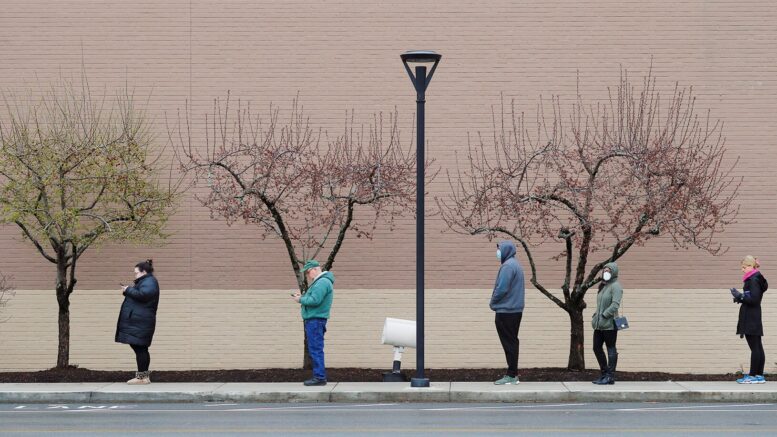Simon Fraser University professors Paul Tupper and Caroline Colijn have found that physical distancing is universally effective at reducing the spread of COVID-19, while social bubbles and masks are more situation-dependent.
The researchers developed a model to test the effectiveness of measures such as physical distancing, masks or social bubbles when used in various settings.
Their paper was published Nov. 19 in the journal Proceedings of the National Academy of Sciences of the United States of America (PNAS).
They introduce the concept of "event R," which is the expected number of people who become infected with COVID-19 from one individual at an event.
Tupper and Colijn look at factors such as transmission intensity, duration of exposure, the proximity of individuals and degree of mixing - then examine what methods are most effective at preventing transmission in each circumstance.
The researchers incorporated data from reports of outbreaks at a range of events, such as parties, meals, nightclubs, public transit and restaurants. The researchers say that an individual's chances of becoming infected with COVID-19 depend heavily on the transmission rate and the duration - the amount of time spent in a particular setting.
Events were categorized as saturating (high transmission probability) or linear (low transmission probability). Examples of high transmission settings include bars, nightclubs and overcrowded workplaces while low transmission settings include public transit with masks, distancing in restaurants and outdoor activities.
The model suggests that physical distancing was effective at reducing COVID-19 transmission in all settings but the effectiveness of social bubbles depends on whether chances of transmission are high or low.
In settings where there is mixing and the probability of transmission is high, such as crowded indoor workplaces, bars and nightclubs and high schools, having strict social bubbles can help reduce the spread of COVID-19.
The researchers found that social bubbles are less effective in low transmission settings or activities where there is mixing, such as engaging in outdoor activities, working in spaced offices or travelling on public transportation wearing masks.
They note that masks and other physical barriers may be less effective in saturating, high transmission settings (parties, choirs, restaurant kitchens, crowded offices, nightclubs and bars) because even if masks halve the transmission rates that may not have much impact on the transmission probability (and so on the number of infections).
The novel coronavirus is relatively new but the science continues to evolve and increase our knowledge of how to effectively treat and prevent this highly contagious virus. There is still much that we do not know and many areas requiring further study.
"It would be great to start collecting information from exposures and outbreaks: the number of attendees, the amount of mixing, the levels of crowding, the noise level and the duration of the event," says Colijn, who holds a Canada Research Chair in Mathematics for Evolution, Infection and Public Health.
Source: Simon Fraser University

Be the first to comment on "Researchers Examine Which Approaches are Most Effective at Reducing COVID-19 Spread"